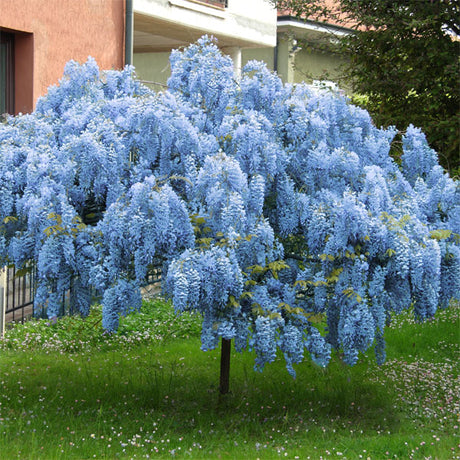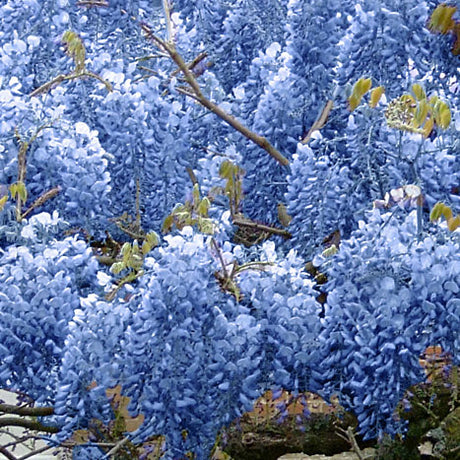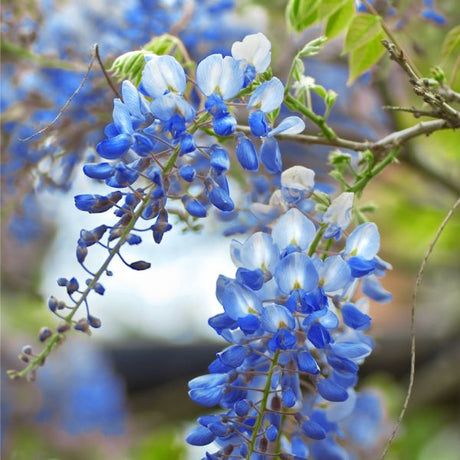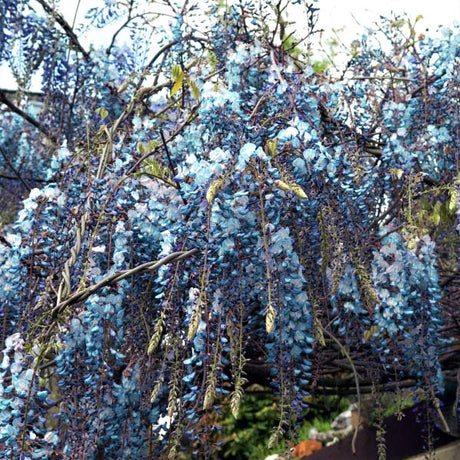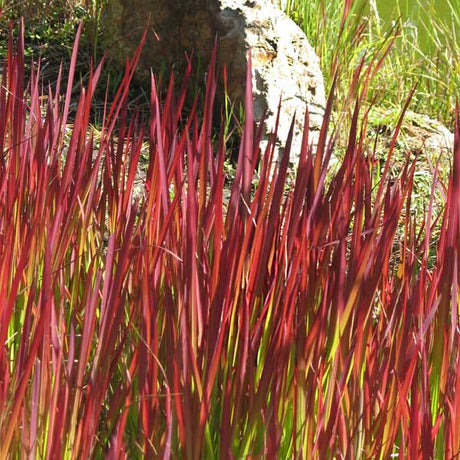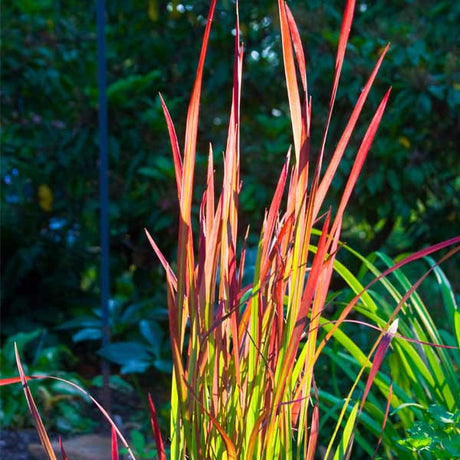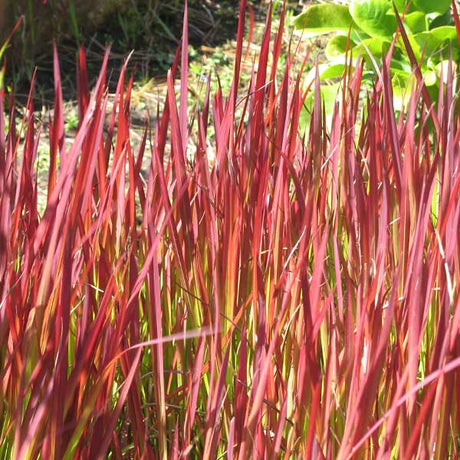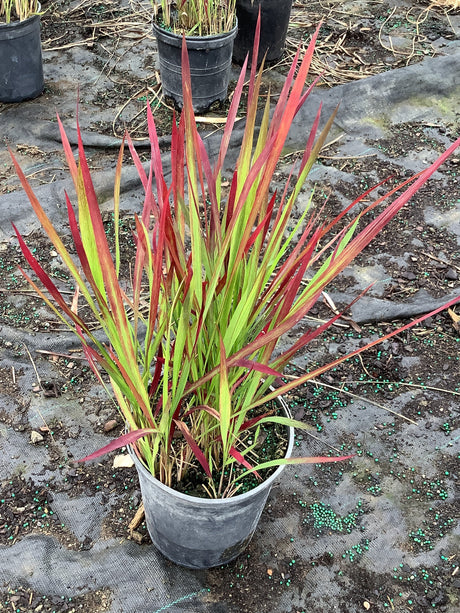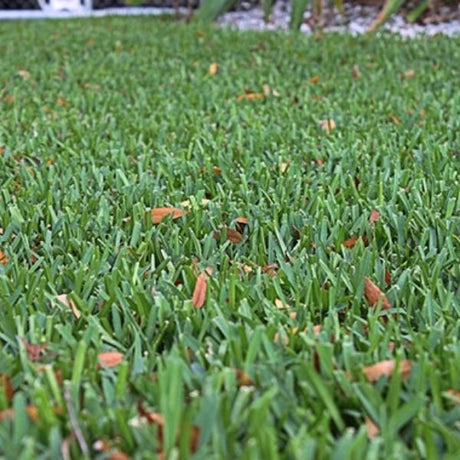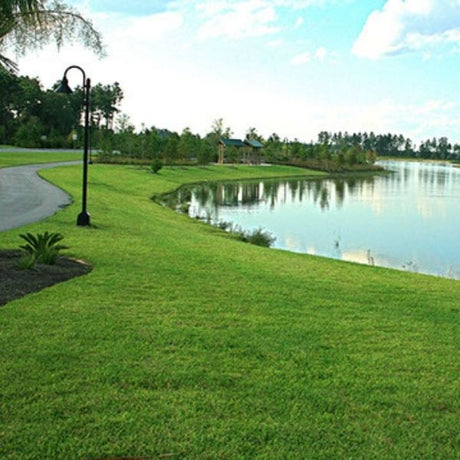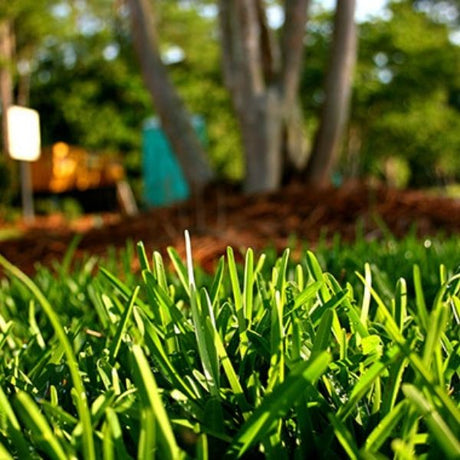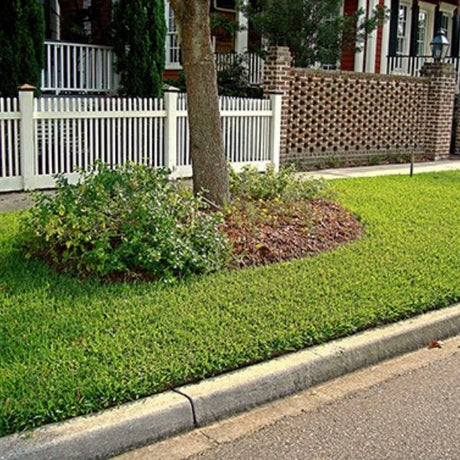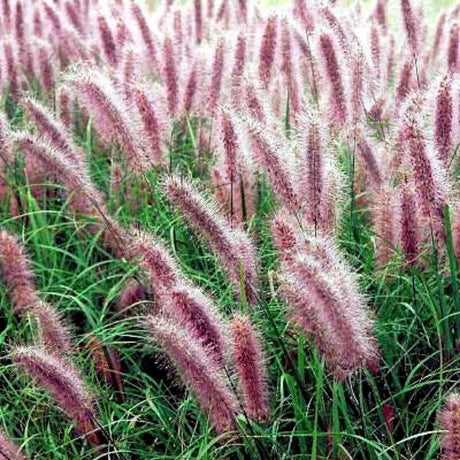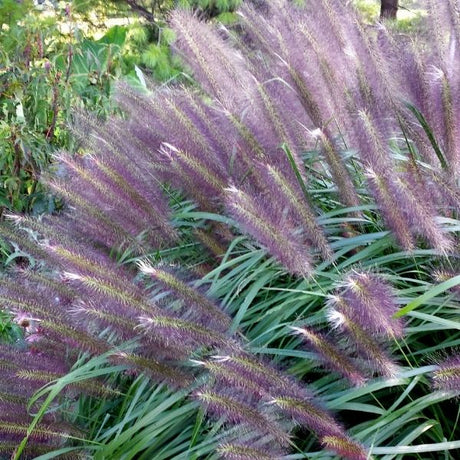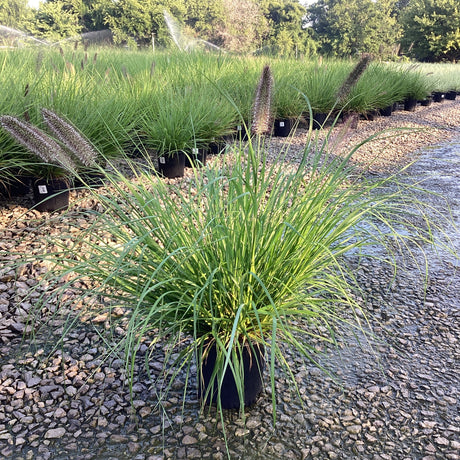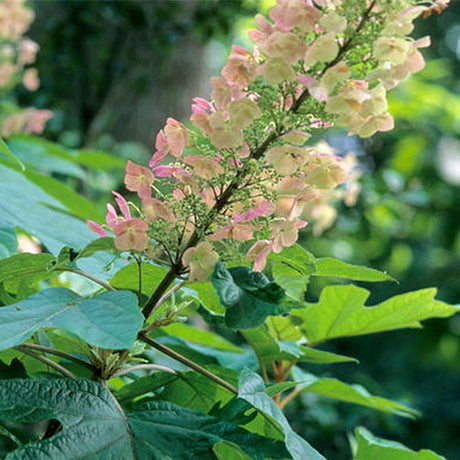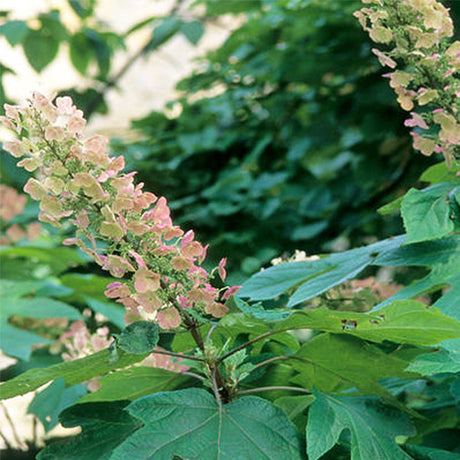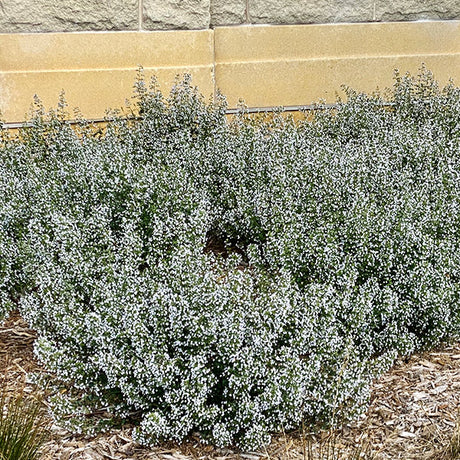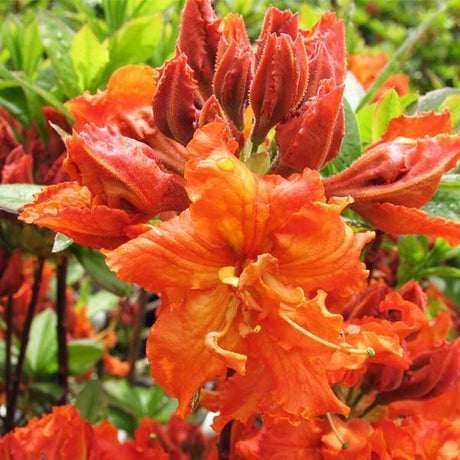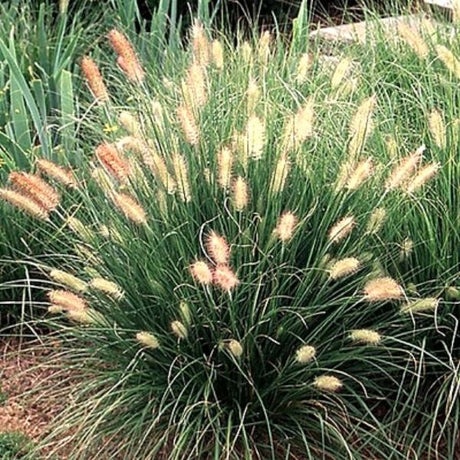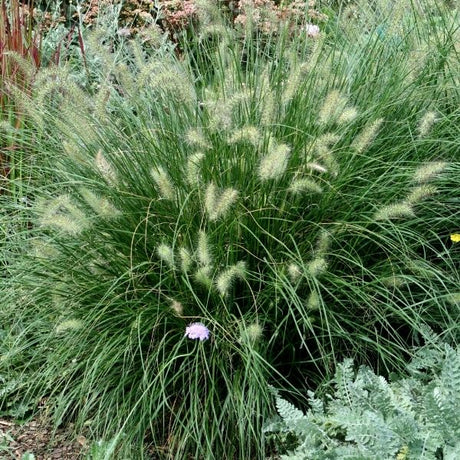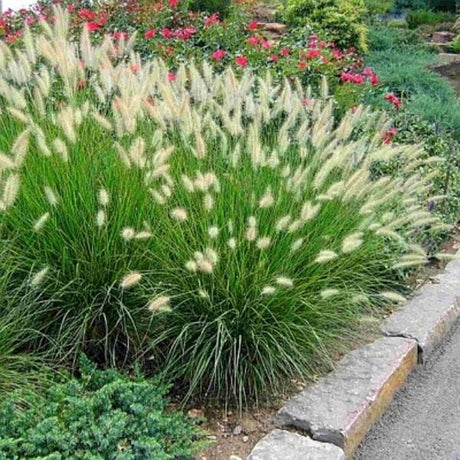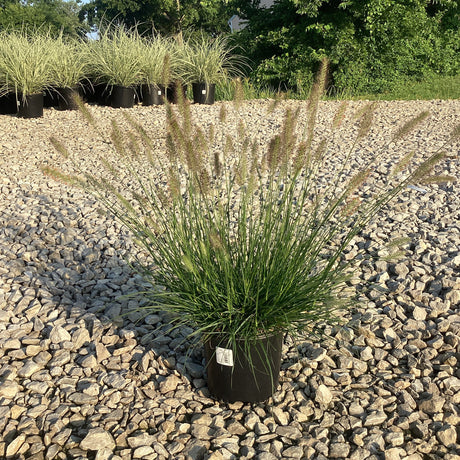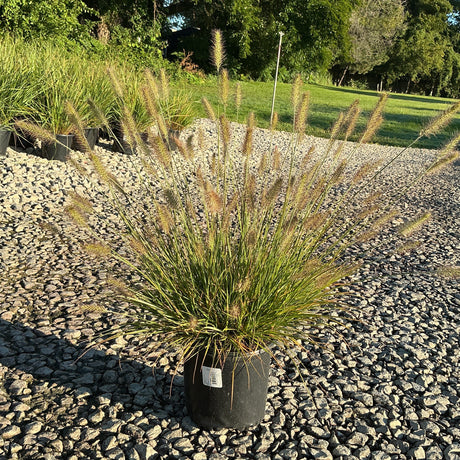Is it time to shake things up in your container gardens? After all, modern container garden trends have evolved, the same as modern foundation plantings and shrub borders. Not only have the plant varieties changed, so have pots and soil mixes.
Now, people are using an enormous variety of plant materials, including improved cultivars. They are also combining plants together in exciting new ways.
Homeowners and renters alike demand the “curb appeal” that beautiful container gardens lend to their doorway, staircase, garage door. They want the “wow factor” on decks, patios and kitchen windows.
Today’s containers may include shrubs, perennials, grasses, annuals, succulents, evergreens, and even cactus or tropicals. The mix of plants, colors and textures is endless. Learn what does best in your area and pay attention to see if those favorites are grown in the sun, shade or somewhere in between.
Don’t forget to take your lead from the professionals in your area. See what they are using in the downtown areas or commercial projects in your community and which plants and ideas inspire you for your own yard.
Select Pots to Match Your Style and Space
There is tremendous flexibility in options and choices of the pots. Designers are using clay, ceramic, recycled plastic, fiberglass, Styrofoam, hollowed out logs and much more. The colors, sizes and shapes of the containers are also endless.
Pick your pots based on the look you want to create. Formal styles demand symmetrical pairing of classic shapes.
For a modern look, use the “Rule of 3”. Choose three different heights of the same pot. Modern-minded gardeners can also use monoculture as a very effective “curated” collection. Purchase multiples of the same pot, then place them in a straight line. Odd numbers seem to work better, so buy 3, 5 or 7 of the same pot. A unified series of galvanized metal, creamy glazed ivory and even concrete planters tie this fresh design together.
If you prefer an informal style, anything goes. Try using found objects as unique planters and place a mix of pots together in a happy bunch. Include outdoor sculpture, signage and traditional yard art like blue bottle trees.
Scale is Critical Success Factor
Scale is how the relative size of the pot looks against the backdrop. If a pot is too small, it will be overlooked. If it’s too big, you may be spending extra money on soil and plants to fill it. Just like Goldilocks, you want to find a pot that is “just right.”
First, measure the available space where you want to place the pot. You need to have enough room for the width of the pot and matching saucer. Give yourself adequate space to walk around the container.
Your visitors should be able to easily see the pot from a distance. If you have foundation bushes nearby, select a tall pot that is within a visitor’s line of sight as they approach. Consider using small, medium, large, and tall boxes as props to see what size you prefer. Taking time at this point will really pay off!
Technical Guide to Pot Selection
If you are container gardening in Zones 6 - 3, you need to use pots that can tolerate heat in the summer and freezing temperatures in the winter months. Those of you in warm climates need to consider lighter colored pots, which will reflect the heat instead of absorbing it.
There are several adjustments you can make to help moderate the temperatures of the soil mix in the pots. Consider lining larger pots with some Styrofoam insulation along the inside walls of the pots before putting in the soil mix.
After selecting the pots you like, choose a good quality soil mix. Many of the new soils have a slow release fertilizer incorporated in the mix for a vigorous and healthy start.
Don’t put gravel in the bottoms of the pots. The soil above that gravel will remain soggy and may cause some root rot. Instead, use some folded paper or coffee filters to cover the drainage holes and keep the soil mix in the pots. This way, you are using the entire volume of soil to allow the plants you are growing in those pots to perform at their best.
Container Garden Plant Selection Guide
When selecting plants for containers, color, height, width and growing conditions are all important considerations. Use the plant facts on Nature Hills plant descriptions to see how large the plants will get. If you intend to replace on a seasonal basis, you may choose annuals, or plant multiples of perennials to mass together to create a fuller look faster.
Have you ever heard of the “Thriller, Filler, Spiller” formula? This is a fool-proof way to put together great looking containers. Thrillers are tall plants such as Ornamental Grasses with unique foliage, blossoms or a vertical growth habit. Place them in the middle of containers that will be viewed from all sides. Or, if you’ll only see one side of the planter, place your Thriller in the back of the arrangement.
Fillers are the unsung heroes of containers. These are round, mounding plants that help provide softness and fullness to the arrangement. Here’s where you can have fun selecting harmonizing plants in the same color palette. Try showcasing different textures in a monochromatic color selection. Hot colors mix well with other hot colors. Cool pastels work beautifully together in groups. Try something new each season!
Plant the Fillers around your Thriller almost to the edge of the planter. Leave enough room for Spiller plants, such as vines or trailing plants to grow over the edge of the planter. This really softens the overall look and gives a very professional look.
Arrange your plants in the containers before planting them to ensure you have them in the right places to accommodate the mature size of the plants as the season progresses. Learn what does best in your area and pay attention to see if those favorites are grown in the sun, shade or somewhere in between.
Protecting Your New Container Garden
Once you have planted the plants in your containers, it is a great idea to put a few inches of mulch over the top of the soil and around the plants. This will hold moisture, keep the soil from splashing up on the plants (possibly creating some soil born fungus) and keep the plants clean. Use mulch for aesthetic reasons, as it unifies the whole design.
The mulch you use can be of interest too. Have you ever used cocoa bean shells? They are a great dark color, and just imagine smelling chocolate when arriving at your front door or sitting on the patio! Shredded wood mulch is excellent too. For cactus and succulents, you may consider using stone or small gravel sprinkled over the top of the soil in those containers. Decorative glass is being used now, and we’ve even seen glow in the dark glass.
You’ll love your containers throughout each season. Stay tuned for our next blog post on inspiration for each season. Happy Gardening!


